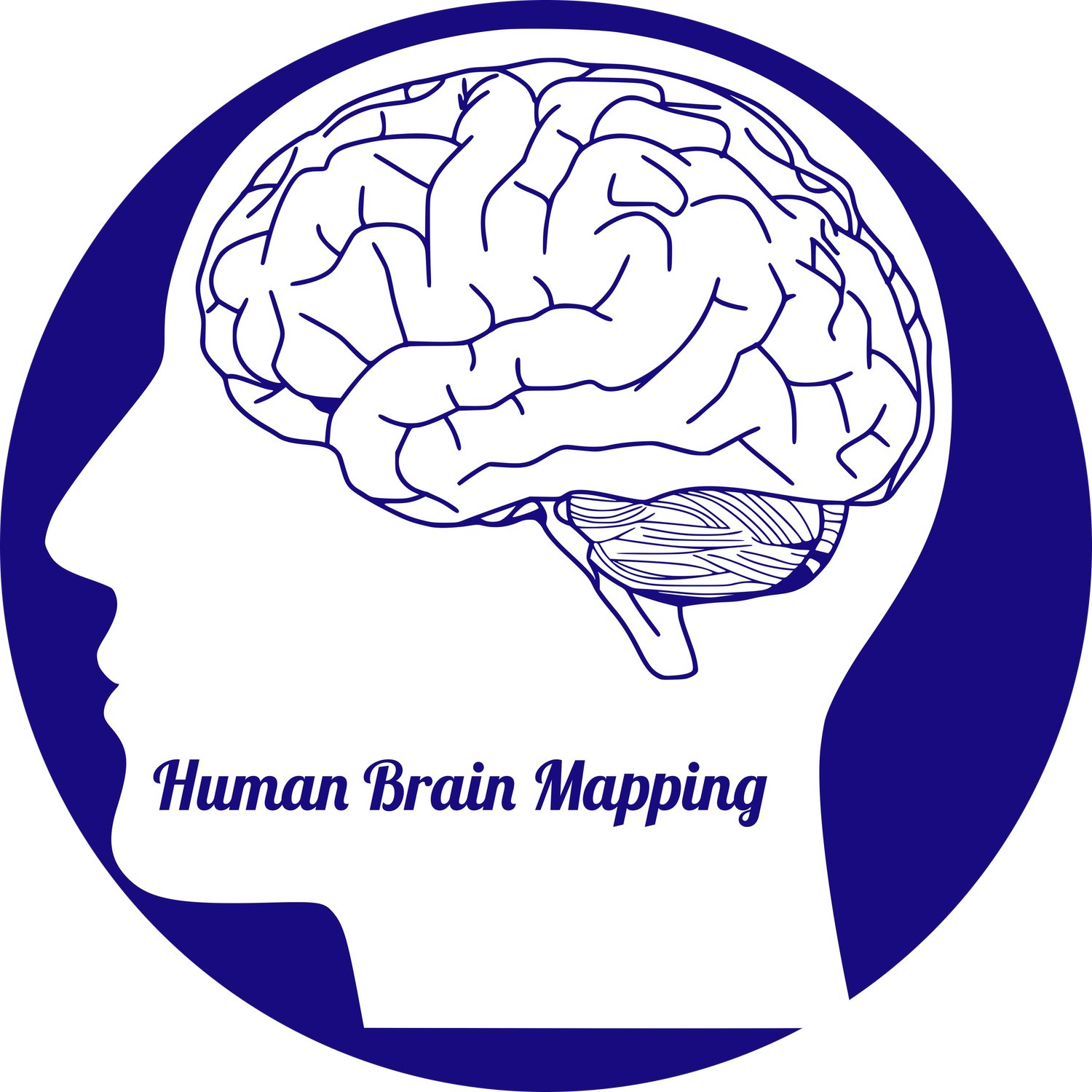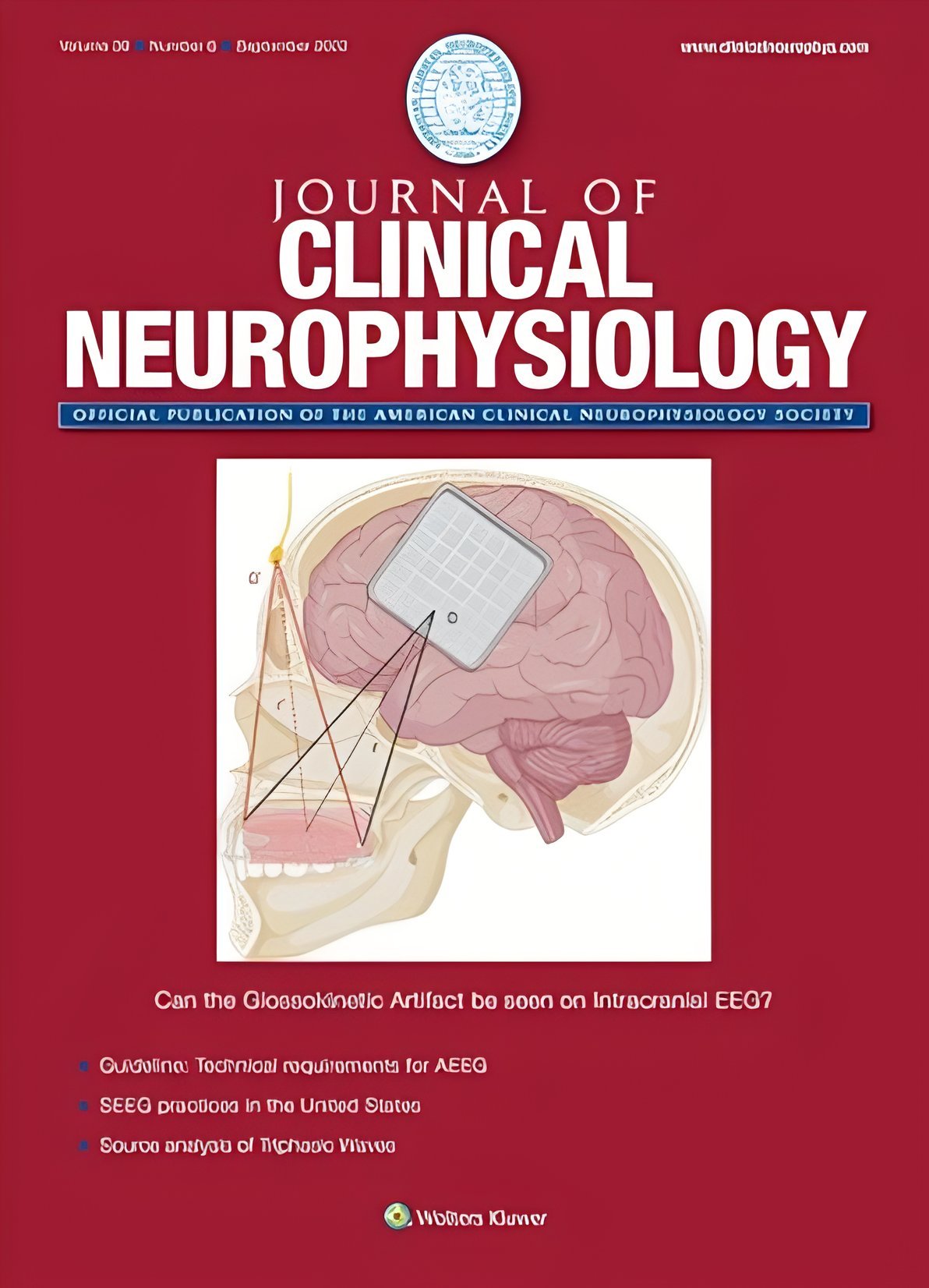Our artwork making it to front cover ... again!
Again, our artwork has made the front cover this time thanks to the Journal Clinical Neurophysiology by the American Clinical Neurophysiology Society to showcase our work.
Tongue as a Wire? Glossokinetic Artifact and Insights From Intracranial EEG.
Earlier this year, our work was featured on the front cover of Epileptic Disorders.
The Neural Networks Underlying the Illusion of Time Dilation: case study and literature survey
This follows a tradition of similar articles that made it to the cover.
Front cover of Journal of Clinical Neurophysiology Sep 22 issue.
Front cover of Journal of Clinical Neurophysiology Jun 22 issue.


